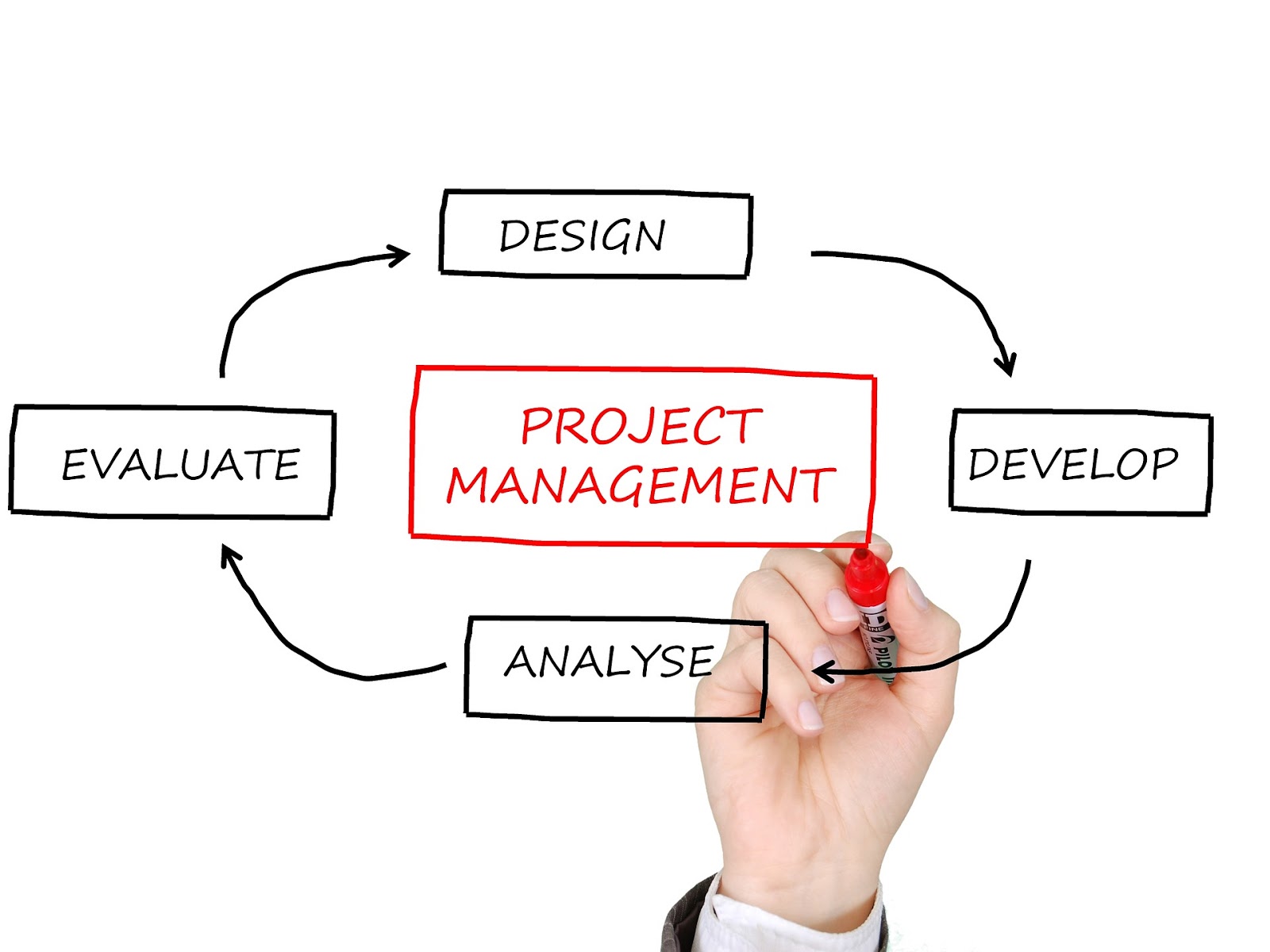
Government agencies need to respond to policy changes and the needs of the public quickly.
To do that, they need a method for completing projects efficiently.
Traditional project management methods like waterfall take a long time to plan and execute – resulting in projects being finished past the deadline or long after a policy change has taken effect.
Agile project management, on the other hand, encourages you to swiftly gather the materials you need, execute a part of your plan, and build on the feedback you collect in the process.
This guarantees that the final product or service you produce will serve the people it’s supposed to serve more effectively.
There are many more benefits of agile project management, and we’ll take a look at those a little later in this post.
First, let’s define agile project management and look at its guiding principles.
What is Agile Project Management?
Agile project management was created by a group of software developers in 2001 with the release of their manifesto.
The agile framework focuses on continuous improvement, flexibility, input of the team, and the delivery of high-quality results.
Unlike other project management methods which work in a linear, sequential manner toward the final product, agile project management creates a prototype, tests it, and uses feedback to iterate that process until a final product is ready to be launched.
Instead of breaking up the process of planning, researching, building, testing, etc. into separate parts, agile project management does it all at once so project managers and developers can judge the progress and quality of their product faster and more effectively.
To help you understand the original intent and benefits of agile project management, here are its 12 principles as outlined in the manifesto:
- Our highest priority is to satisfy the customer through early and continuous delivery of valuable software.
- Welcome changing requirements, even late in development. Agile processes harness change for the customer’s competitive advantage.
- Deliver working software frequently, from a couple of weeks to a couple of months, with a preference to the shorter timescale.
- Business people and developers must work together daily throughout the project.
- Build projects around motivated individuals. Give them the environment and support they need, and trust them to get the job done.
- The most efficient and effective method of conveying information to and within a development team is face-to-face conversation.
- Working software is the primary measure of progress.
- Agile processes promote sustainable development. The sponsors, developers, and users should be able to maintain a constant pace indefinitely.
- Continuous attention to technical excellence and good design enhances agility.
- Simplicity–the art of maximizing the amount of work not done–is essential.
- The best architectures, requirements, and designs emerge from self-organizing teams.
- At regular intervals, the team reflects on how to become more effective, then tunes and adjusts its behavior accordingly.
What are the Benefits of Agile Project Management for Government Agencies?
While the benefits of agile project management were intended for software developers, they do extend to non-software pursuits.
According to PM World Journal Vol. V, Issue VIII Benefits of Agile Project Management in a Non-Software Development Context – A Literature Review, there are many benefits of agile project management for organizations doing work outside of software.
The author of the article reviewed 21 case studies and found 17 reported benefits. Here are all 17 benefits the researchers found, listed from the most cited benefit at the top to least cited benefit at the bottom:
- Better collaboration in the team
- Increased customer interaction
- Increased productivity and speed
- Increased flexibility and the ability to cope with change
- And a better understanding of goals, tasks, and requirements
- Increased transparency and visibility
- Increased quality
- Customer-centered value-add priority process
- Increased knowledge sharing
- Increased cross-organizational collaboration
- Better focus
- Impediment removal process
- Increased individual autonomy
- Decreased customer complaints
- Increased motivation
- Clear sense of progress
- Improved resource allocation
This list should give you a clear idea of what you can expect if you use the agile project management framework in your agency.
Which may leave you wondering, “how do I implement agile project management?”
We answer that question below.
How to Implement Agile Project Management in Your Agency
Reading the Agile Manifesto will give you the philosophy of agile project management, but how do you turn those principles into actionable practices?
By learning the method from an organization that actively teaches it to Government agencies.
No expensive speakers or weekend seminars required – you can learn the agile method in your office right now.
The cost of eLearning has made it easy for new managers and experienced managers alike to learn and apply tactics and strategies for running a better office and getting more done. All you need is a computer and an internet connection.
If you’re interested in applying agile project management in your agency, we provide a full suite of project management courses such as:
- Agile Principles, Methodologies, and Mindset
- Agile Project Management Fundamentals
- And (for the software developers out there), Managing Agile Software Development
To get started, just click the link below.
Experience the proven, easy-to-use, and cost-effective benefits of online training by scheduling your free online training consultation today!
